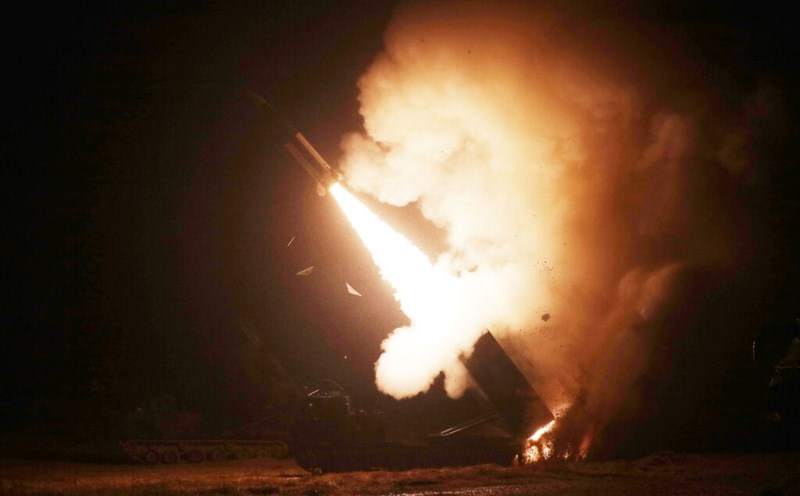After 1,000 days of conflict, the Ukrainian army is weary of fighting on multiple fronts, Kiev is besieged by regular attacks by drones and missiles, while officials prepare for Donald Trump's return to the White House next January.
To bolster Ukraine, President Joe Biden reportedly gave Kiev the green light to use US missiles to strike deep inside Russia. But the dramatic policy shift could be reversed when Trump returns to the White House in January, and military experts warn that it will not be enough to change the course of the 33-month war.
According to Reuters, thousands of Ukrainian citizens have died, more than 6 million people live as refugees abroad and the population has decreased by a quarter since Russia sent troops into Ukraine in February 2022.
Now, the return of Donald Trump, who has vowed to end the Russia-Ukraine conflict within 24 hours without saying how, raises questions about the future of US military aid and the West's united front against Russia, while also raising the prospect of negotiations to end the war.
The sense of escalation has become clear as Moscow and Kiev push to improve battlefield positions ahead of any talks.
Ukraine has deployed some of its best troops to try to hold the Russian province of Kursk after it was captured in August as a bargaining chip. Kiev says Moscow has massed 50,000 troops there, while Kremlin forces have also made their fastest advances in eastern Ukraine since 2022 – and are also ramping up pressure in the northeast and southeast.
In addition to the US allowing Ukraine to attack military targets inside Russia with US-supplied weapons, external financial aid and weapons remain important.
Despite two consecutive years of moderate growth, Ukraine's economy is still only 78% of its pre-conflict size, with GDP shrinking by a third by 2022. Ukraine's once-massive steel and grain industries have been hit hard.
Last week, Ukrainian President Volodymyr Zelensky said Ukraine must make every effort to end the fighting by next year through diplomatic means. But he firmly ruled out any talks on a ceasefire before adequate security guarantees for Ukraine were provided.
Meanwhile, the Kremlin stressed that Russia's goals have not changed since President Vladimir Putin announced in June that Ukraine must abandon its ambitions to join NATO and withdraw from four regions annexed by Russia.
Meanwhile, President Zelensky has spoken out against the idea of resuming Minsk-style peace talks.
"We want to warn everyone: there will be no Minsk 3 agreement; what we need is real peace," Mr. Zelensky said.
The Minsk 1 Agreement was signed by representatives of the Trilateral Contact Group on Ukraine (including Russia, Ukraine and the Organization for Security and Cooperation in Europe OSCE) on September 5, 2014 in Minsk, aiming to end tensions in the Donbass region.
The Minsk 2 agreement was promoted by the Normandy Four group of Russia, Ukraine, France and Germany in the capital of Belarus in February 2015, aiming to end the bloody conflict that had lasted for 10 months in eastern Ukraine.











